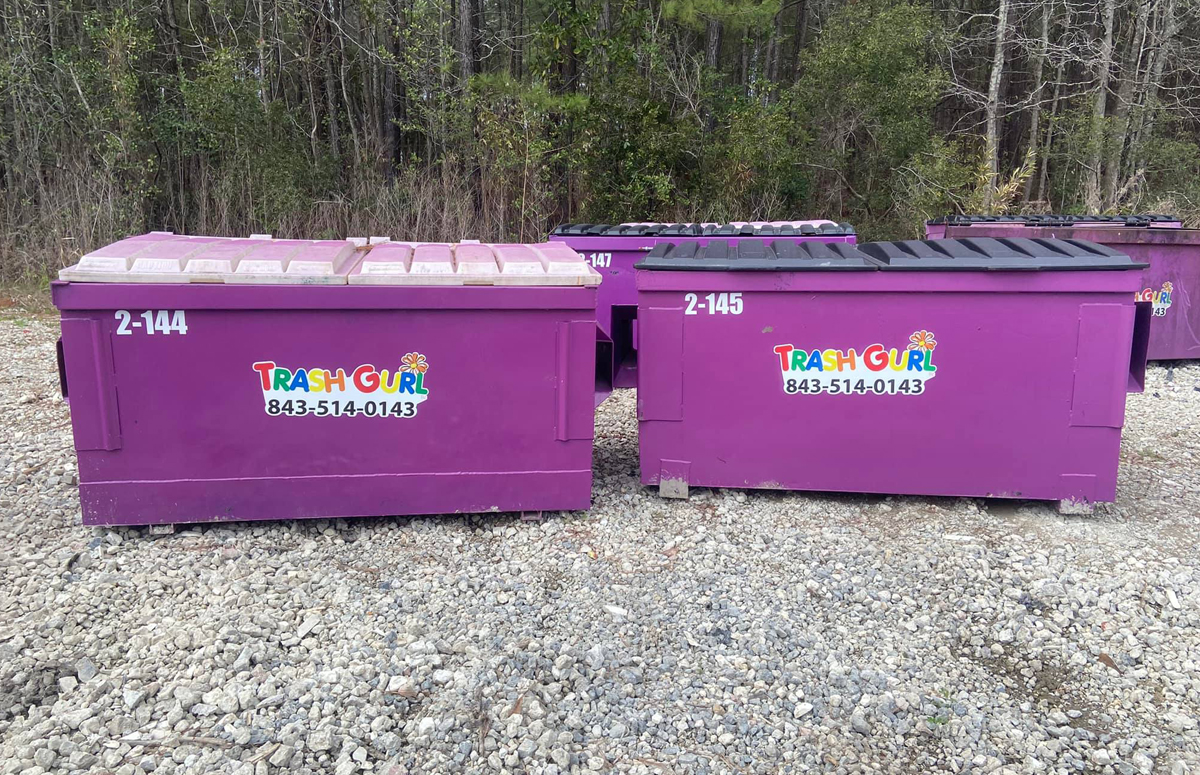Choosing the right sludge container is vital for effective waste management, especially when dealing with industrial and municipal waste. Proper sludge containment ensures environmental safety and helps with compliance, handling efficiency, and overall operational productivity. Many container types are available, from open-top to sealed and vacuum containers, each with unique features designed to manage different sludge consistencies, volumes, and regulatory requirements.
In this blog, we’ll explore tips on how to choose the right sludge container for industrial and municipal waste.
1. Understand the Type and Consistency of Sludge
Sludge can range from semi-liquid to thick, heavy materials. Knowing the characteristics of your sludge, like its viscosity and whether it contains hazardous materials, helps in selecting a container that’s durable and compatible with those needs. For example, heavier sludge may require reinforced containers, while hazardous waste demands containers that meet specific safety standards.
2. Consider Container Capacity and Volume Needs
Select a container with enough capacity to handle your typical sludge output while avoiding frequent changes. Standard options range from smaller, 10-yard containers for limited space or smaller jobs to large-capacity options for industrial-scale needs. Choosing the correct volume can minimize disruptions in waste collection schedules and improve cost efficiency.
3. Review Material and Structural Durability
Sludge containers come in various materials, from steel to plastic composites. Steel containers offer high durability for heavy sludge and can withstand extreme conditions, while plastic options may be suitable for lighter or non-corrosive waste. Ensure the material you choose can handle the weight and consistency of your sludge over time without the risk of leaks or structural damage.
4. Evaluate Mobility and Accessibility Needs
Some operations require easy-to-move containers, especially for facilities with limited space or high turnover. Roll-off containers, for instance, allow for simple transportation and offloading, while stationary containers might work better for larger, dedicated storage spaces. Additionally, accessibility features like lids, valves, or hooks can streamline loading and unloading for specific sludge types.
5. Check Compliance and Environmental Considerations
Industrial and municipal sludge often involves strict regulatory requirements. Look for containers designed to meet EPA standards or other industry-specific regulations. Containers with airtight seals or spill-resistant designs may be necessary for hazardous sludge to protect surrounding areas and ensure compliance with environmental laws.
Trust Trash Gurl: Your Local Source for Reliable Charleston Sludge Containers
Selecting the right sludge container requires careful consideration of your waste type, capacity needs, durability, and regulatory requirements. Making an informed choice improves operational efficiency, helps ensure regulatory compliance, and supports environmental safety. A well-chosen sludge container can be invaluable to a comprehensive waste management plan, reducing the risks and costs associated with industrial and municipal sludge disposal.
To learn more or schedule your sludge container rental in the Charleston, SC, area, contact our team today!





